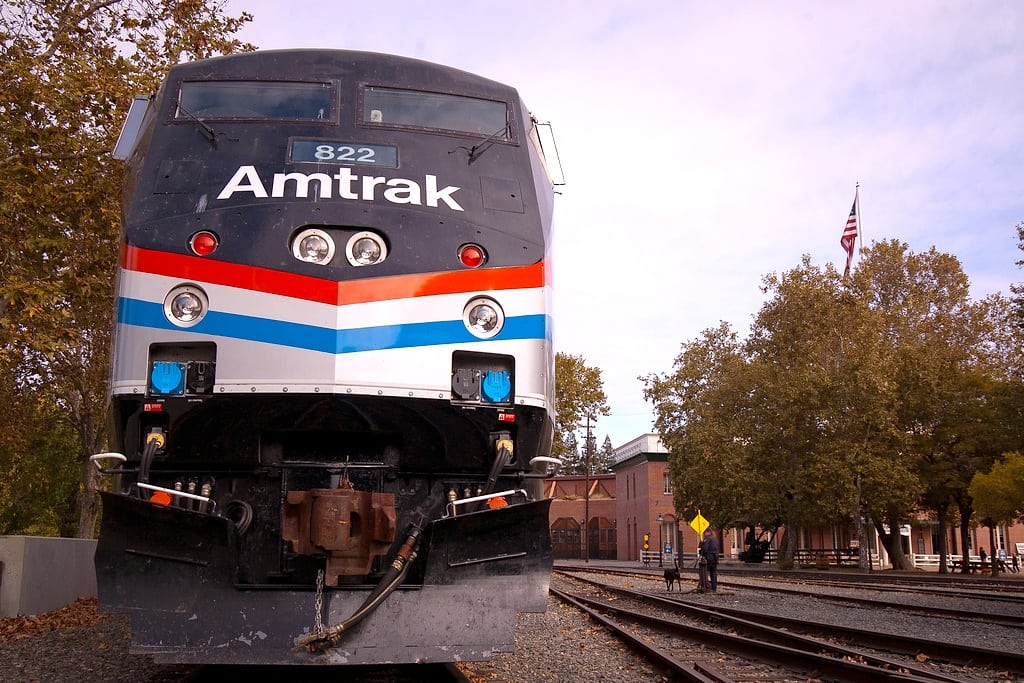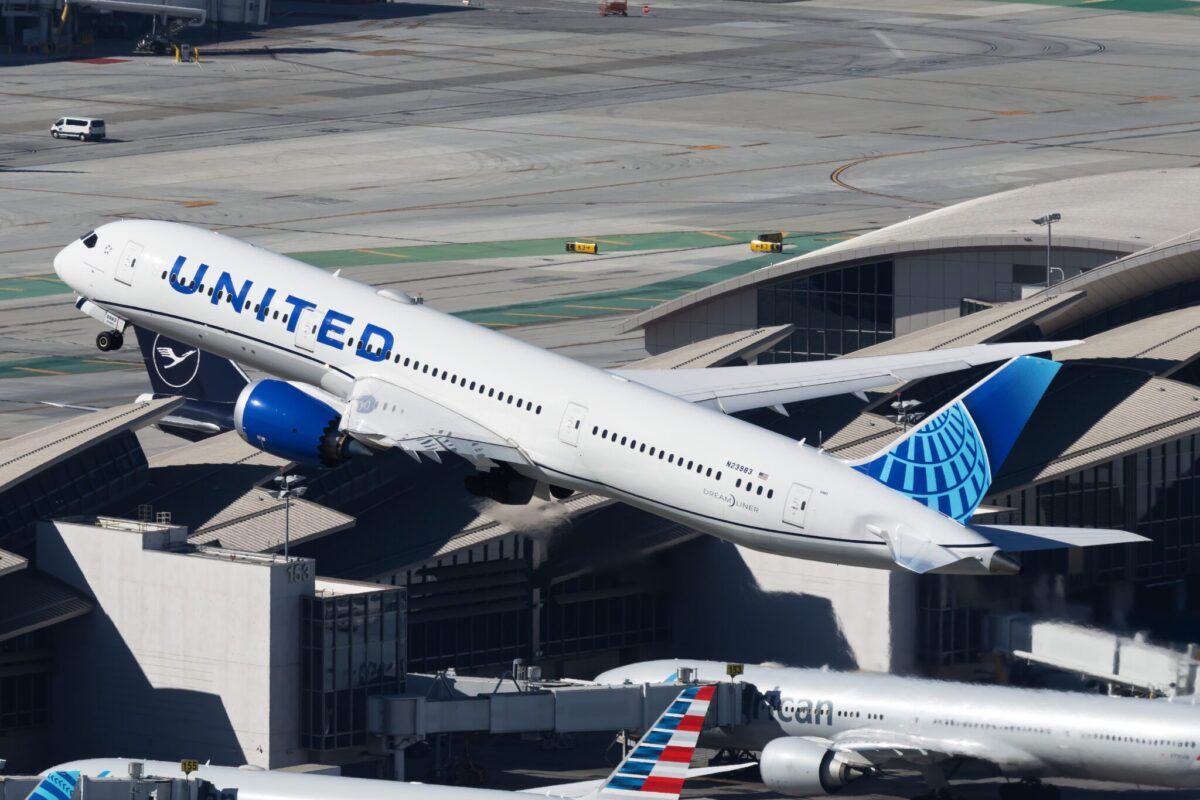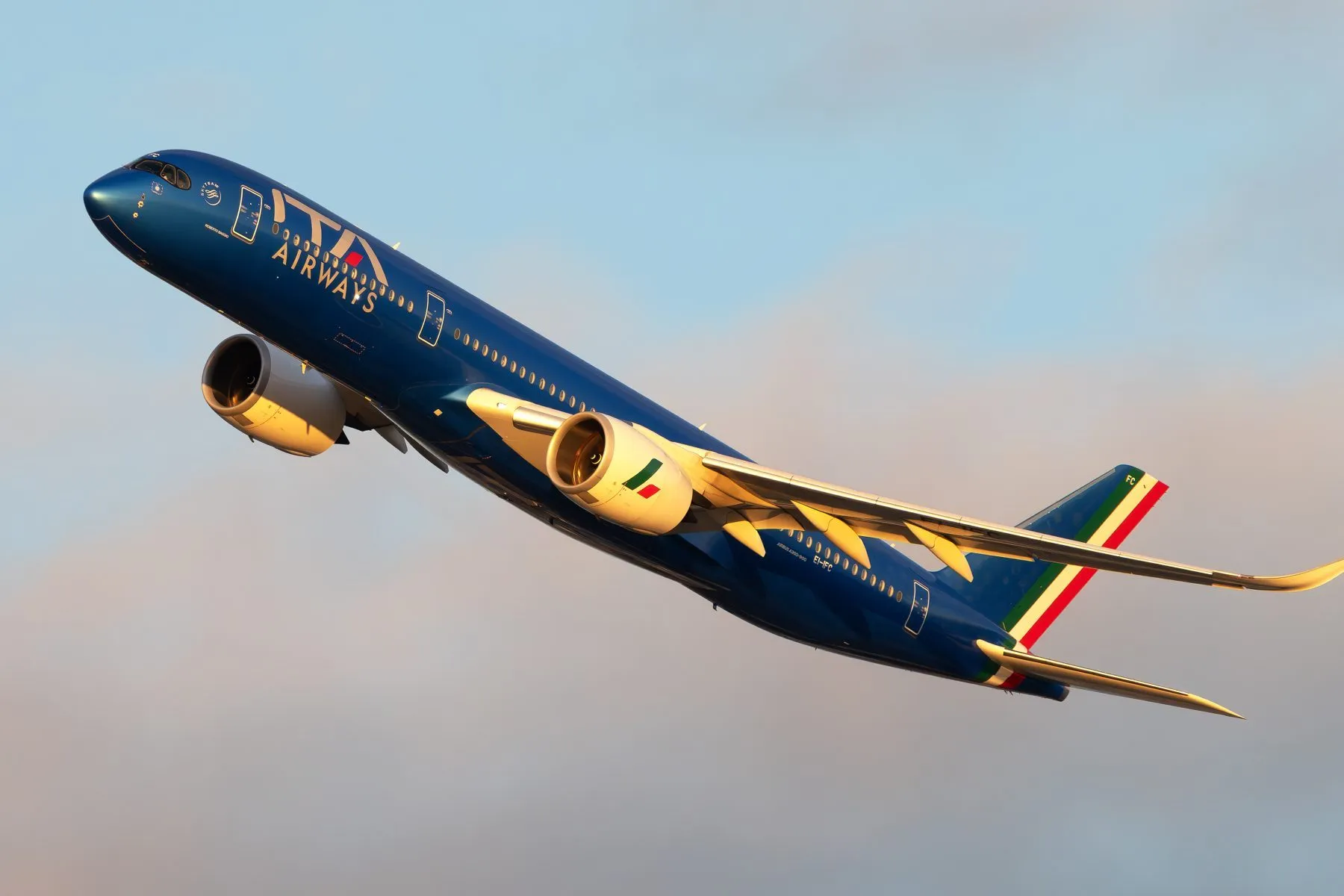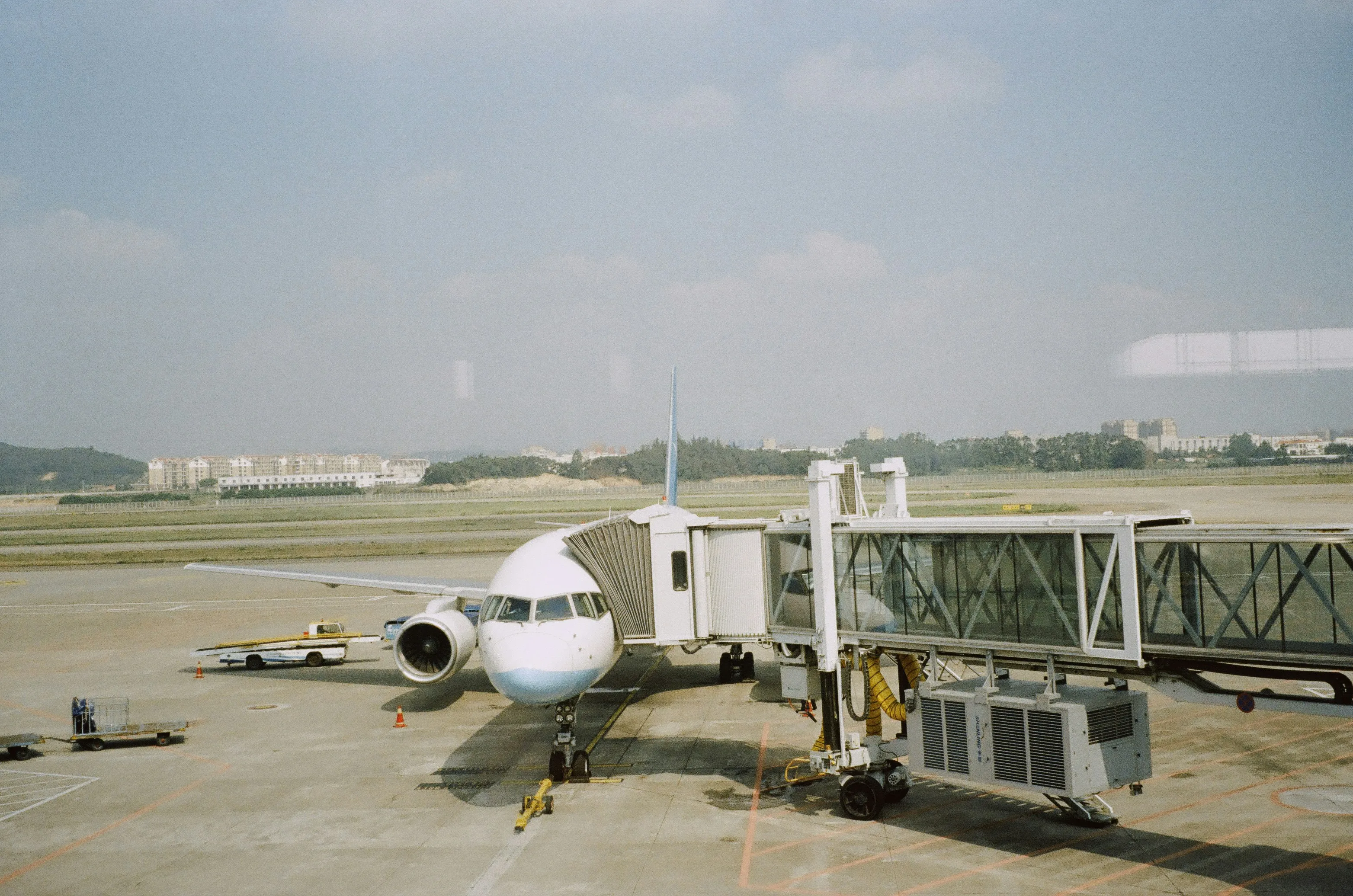Interview: Amtrak Wants to Bring the Romance Back to U.S. Travel

Skift Take
Amtrak wants to be the brand that brings romance back to travel in the U.S.
And it's with earnestness that John Lee, Amtrak's chief of marketing and advertising programs, tells Skift how the brand plans to retell the story of train travel to the American public.
"This is a legacy brand," explains Lee. "In the midwest, they don't say I'm going to take the train. They say I'm going to take the Amtrak. It's like Clorox or Kleenex."
Lee joined Amtrak six months ago after serving as vice president of brand marketing at Hilton's Embassy Suites for 15 years. In his short time there, Amtrak has introduced writer's residencies, sponsored an influencer-filled train from LA to SXSW, and launched its first ad campaign in two years.
From Lee's perspective, Amtrak is set to grow considerably over the next 10 to 15 years. And with little capital available for highways or airports, Lee sees rail as the only transit option available to match the country's growth.
The challenges are formidable. Although it set ridership and revenue records in 2013, it spends a considerable amount of its time battling politicians in Washington, D.C., and working with states and municipalities on maintenance issues. Then there's the fact that it's always borrowing the tracks from shipping companies.
Skift spoke with Lee one day after the ad campaign's launch to learn more about the company's branding challenges, its vision for growth, and how it stacks up to consumers' other travel options today.
Skift: What are the biggest challenges that Amtrak faces when it comes to improving its branding?
John Lee: First and foremost, it's consistency in message. One of the things that I started to do since I've been here is create a brand architecture. We do a lot of interviews with our top-tier customers, internal stakeholders at a variety of levels within Amtrak, and people out in the field across the U.S.
We've come up with a brand essence, what the brand stands for, and from there we create a brand promise and brand pillars, and then we build a voice.
Skift: Why compare long-distance train travel to car travel instead of air travel? [Link to Amtrak's new ad campaign.]
John Lee: If you look at profile of the customer that takes a long-distance train, more often than not, if they're not taking the train, they take a car. They're not flying. The research that we have shows that that's our target.
We can't compete with airlines on long-distance because people taking planes are so interested in getting there quickly. If you have the time to take a car trip from Chicago to Dallas, we'd rather you take the train.
Skift: Is price a challenge?
John Lee: It depends what your objectives are. If your objectives are to get quickly from point A to B, with the exception of the Northeast Corridor, air travel is the most efficient and most affordable.
If you're thinking more about having an experience, and an ownable experience, [Amtrak] is not just transactional, it's more emotive. There is a different customer mindset. When you think about it from a total package, we're very reasonable.
And from an environmental perspective, we're a pretty green mode of transportation.
Skift: It seems like the routes that people choose to travel would be based on their location. For example, New Yorkers ride the Northeast Regional service because it goes to Boston and D.C. How do you market to an audience whose interest in a particular service is predetermined by their location?
John Lee: It's a fascinating story that we're going to build on that's going to be part of our ad programing moving forward. If you think about it, a lot of the routes that you go on are in parts of the country you wouldn't see otherwise. If you go from Chicago to California [on the Southwest Chief], you're about as far away from a highway as you can go and you get to see some of the most beautiful scenery. If you take [California Zephyr] you go through the Rockies and see some of the most amazing parts of the country.
We need to let people know that passenger rail service in American is pretty amazing. There's a fabulous route from Chicago through Memphis down to New Orleans. There are jazz and blues festivals tied to that train. A lot of my friends in New York don't even know that it exists. It's about growing awareness in the hearts of travelers.
The fastest growing segment of travel in the world today is adventure travel. It started in Europe ten to twelve years ago, then went over to Asia and Asia Pacific, and now it's catching on in the U.S.
It's not so much about where you went on vacation. It's about what you did and the places and things you got to see along the way. It's about discovery and adventure. Amtrak is the perfect mode of transportation for adventure travelers. We have to hook our brand to that type of travel, it's the perfect way to get more people on trains in the long run.
Skift: Are you focusing on a younger digital customer set moving forward? How do you do that?
John Lee: There was internal talk when this [AmtrakLive] was being conceptualized. We were going to put 30 writers that are all wired and connected and techies on a train, but there are parts along the routes from Los Angeles to Austin where coverage is spotty. What do we do if there is no Wi-Fi?
But we want to get this message out about experience. The idea is 'Why don't you close that laptop and look out the window and relax?' If you're on a plane, your seat has to be upright, your tray table has to be upright. On the train, riders can play a guitar or shoot photos out the window.
There are opportunities to be social, in the real sense of the word. We don't want them to feel like they have to be connected at all times.




